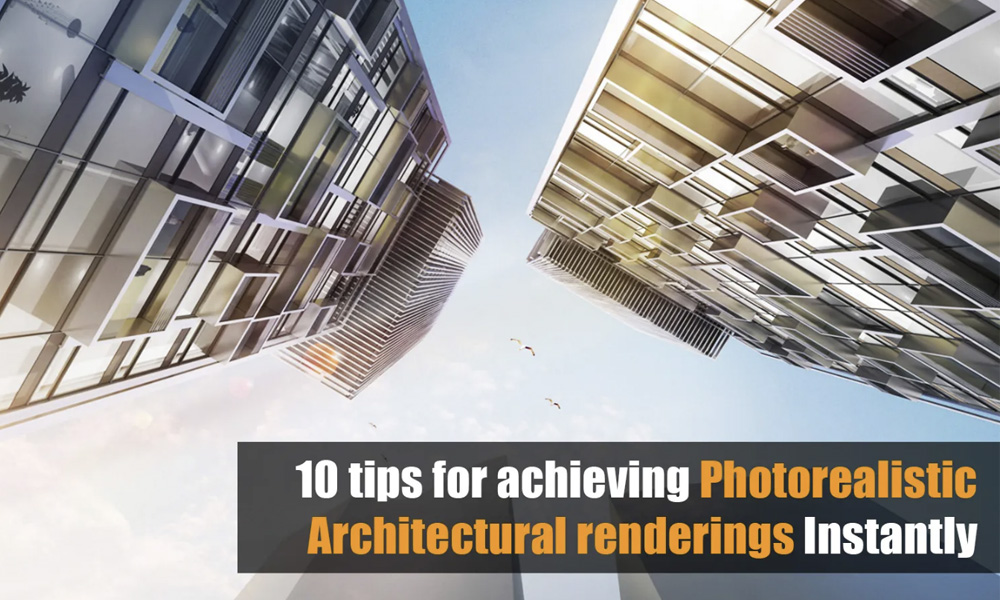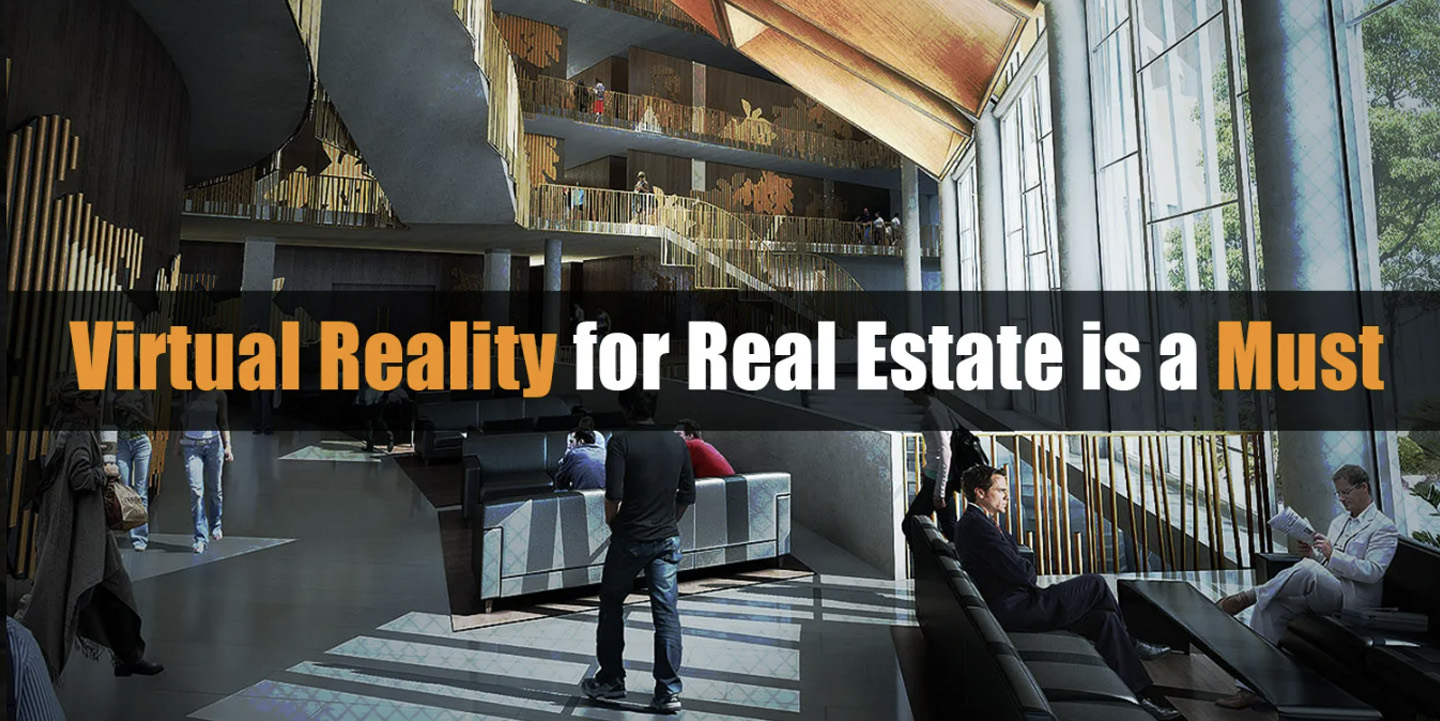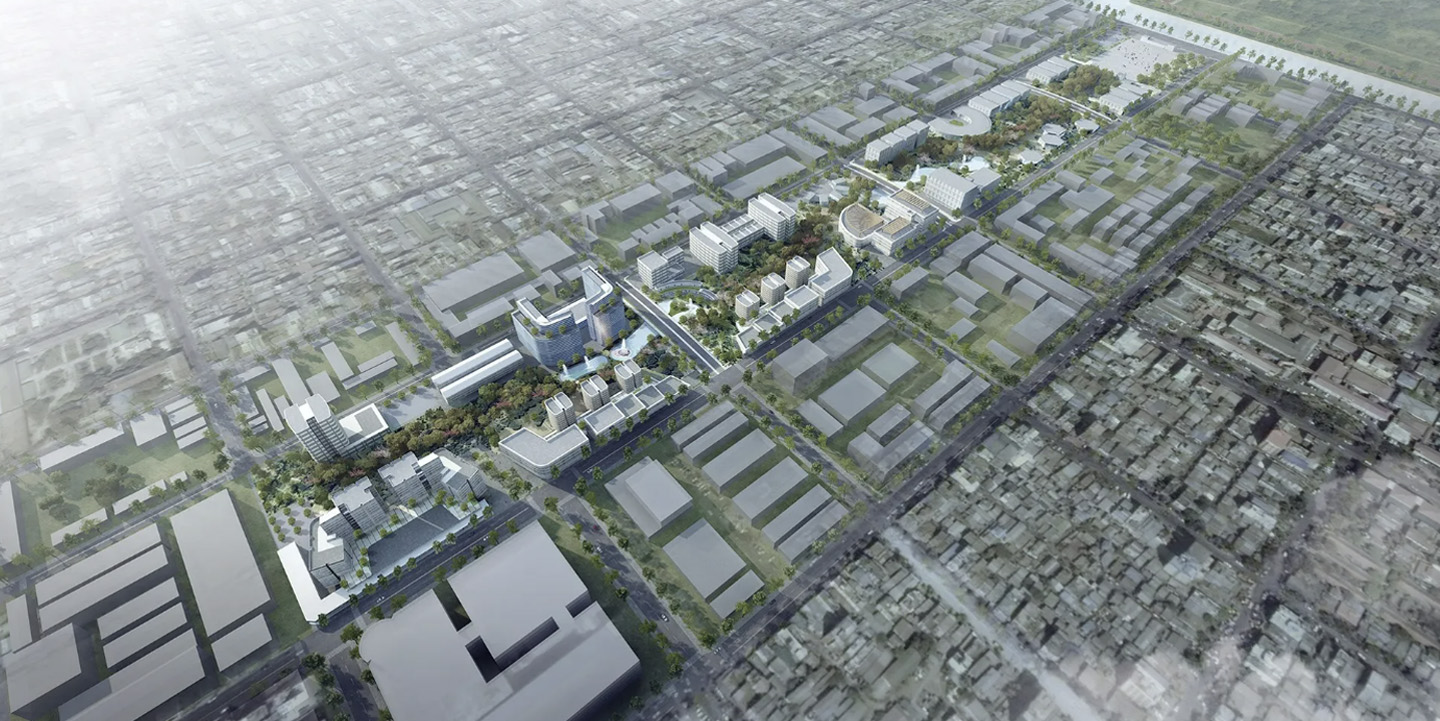
10 tips for achieving Photo realistic architectural renderings
Some years back the concept of 3-Dimension appeared in the technology world. Since then people are trying what they can in order to explore its properties and what can be done with it. Today people use computer programs to create 3D models of buildings for construction, interior designing and presentations in order to provide people with the best services.
Photo realistic architectural renderings are becoming more and more popular with every passing day as they help people in making the dream house they have always dreamt of. Now people can clear the errors from the building plans before the construction starts so that the buildings can have the look that the customer wants. All this has been possible because of photo realistic architectural renderings.
- However, photo realistic architectural rendering is not very easy. You have to take into accordance certain points before you can actually master the technology. We are mentioning ten important tips below which will help you to improve your rendering to obtain the best result.Observation is the first thing that you have to train yourself for. When moving through a market or any area look around you and see how the light is falling on everything, at which angle, what effect it is creating and also the shapes, depths of shadows and reflections being created. It may take you some time to be at home with all the observation. However, without it, you will not be able to move a single step further into learning photo realistic architectural rendering technique.
- Next in line is the modeling and rendering software which always go together. You cannot be a good renderer if your modeling is weak and vice versa. No matter what modeling or rendering software you are using, get acquainted with it. Explore it so that you may know what the software has to offer. Unless you know what you can do you will never be good at photo realistic architectural rendering. Read the manual of the software, listen to tutorials and look for related forums to learn more about them.
- In nature, there is nothing as a sharp edge. Even in man-made objects a little roundness of corners is always present. So when doing photo realistic architectural rendering make sure that you do not make the mistake of creating sharp edges. Always chamfer the edges to give your photo a natural look.
- The fourth tip to improve photo realistic architectural rendering is to get familiar with linear workflow. What happens is that the color space of the monitor we are working on is different than the result we get from our rendering software. So when we increase the brightness of something to just two folds, we may actually be increasing it five times.
- Next in photo realistic architectural rendering is the use of IES light profiles. These profiles allow the user to give the appropriate amount of lightening required in the photo instead of giving inappropriate lighting manually.
- Chromatic aberration is although a defect which occurs because of the lens of a camera but is also regarded very important for photo realistic architectural rendering. When taking a picture from a camera all color lines do not meet at a single point on the lens as they should do. That’s why a blue and red outline appears on the objects of the picture. This gives a realistic touch to the photo.
- The seventh tip in photo realistic architectural rendering is never to give any object 100% color. When an object is lying anywhere you may observe that some areas appear light while others appear dark. That’s why if we give a uniform color to the image, it gives an unrealistic look.
- The blur factor in the software is set at 1 by default. Set it to 0.1 to give a sharper texture to your image thus getting a better photo realistic architectural rendering effect.
- Every object has a shadow naturally so why does not it be there in the image made through photo realistic architectural rendering. No shadow blows up the cover for your photo in one second.
- The last tip for photo realistic architectural rendering is adding asymmetry. Asymmetry adds life to your images and models used in it.
Hope these tips will help you improve your photo realistic architectural rendering skills.



